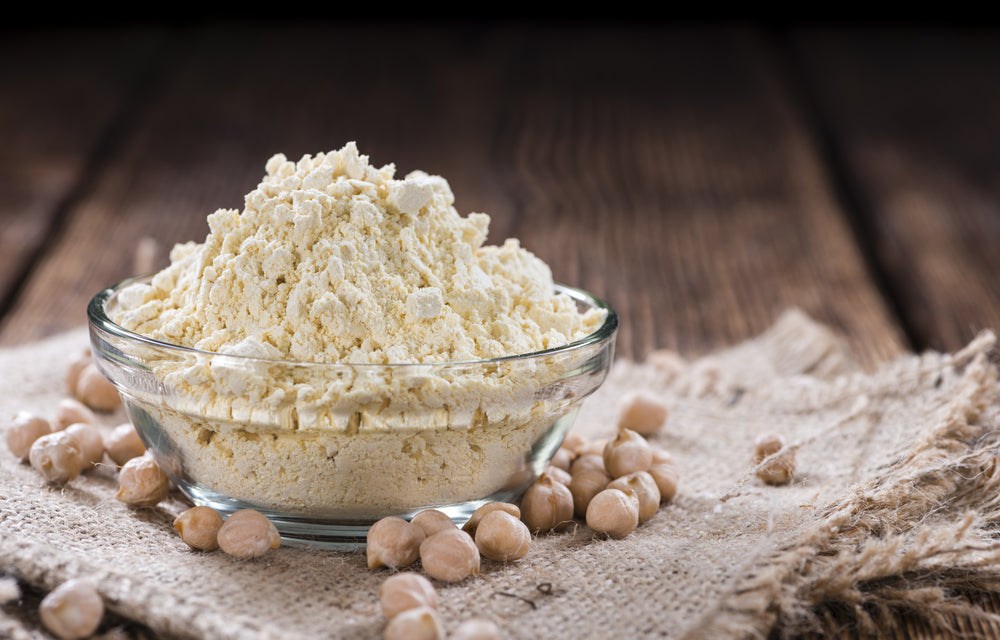There are many types of food intolerance, but lactose and gluten intolerance are by far the most popular. However, very few people know that there are three different types of gluten intolerance. If your doctor is suspecting gluten intolerance or if you have already been diagnosed, there’s a high chance you’re wondering what’s next. That’s why in this article we’re going to set the ground and share what we need to know about gluten intolerance to avoid gastrointestinal symptoms and improve our quality of life.
What is gluten intolerance?
Gluten intolerance is an allergic or autoimmune disease triggered by gluten, a protein found in wheat, barley, and rye. Common symptoms of this type of food intolerance often include diarrhea, bloating, abdominal pain, and vomiting, but there are various types with different mechanisms of disease:
- Autoimmune celiac disease: It is an autoimmune intestinal condition resulting from a migration of gluten particles into the deepest layers of the intestinal mucosa. There’s a dysfunction of the intestinal barrier; gluten particles are modified and become a source of allergy. Moreover, it ultimately activates immune cells and triggers the formation of autoimmune complexes (1). That is why celiac disease does not only have gastrointestinal manifestations; it is also associated with autoimmune problems that include dermatitis, alopecia, joint pain, and much more (2).
- Allergy to wheat: There’s another type of gluten intolerance that do not necessarily involve autoimmune disease. It is only a transient allergy to wheat that occurs within hours with no permanent damage to the gastrointestinal mucosa and no manifestations outside the intestines. It is mediated by IgE and behaves similar to other types of food allergies (3).
- Non-celiac gluten sensitivity: The least understood category of gluten intolerance is a non-celiac gluten sensitivity, which results in neurological manifestations but has a different mechanism of disease that remains elusive. However, a series of criteria were recently accepted to diagnose this subtype of disease (4).
What you need to know about the gluten-free diet
Gluten is a protein found in fresh and processed foods, including bread, cereals, pasta, beverages, and baked goods. Thus, a gluten-free diet should focus on fruits and vegetables, and it is imperative to have a combination of plant and animal protein. This is because removing gluten-containing grains from our diet usually results in a reduction of B vitamins, minerals, and fiber (5).
The basic nutritional considerations to build a gluten-free diet include a proportion of:
- 50 or 60% of calories from carbohydrates, always favoring whole grains and complex carbs,
- 30 or 35% of calories from fats, which should include rich sources of omega 3 and 6, and
- 10 or 15% of calories from protein, combining both plant and animal sources.
Blacklisted foods include:
- Wheat-based bread, cereals, and pasta
- Processed oats
- Processed salad dressings
- Soy sauce and teriyaki sauce
- Vegetarian meat
- Snacks and convenience foods
- Beer
As you can see, the recommended proportion of macronutrients is quite different than that of the general population. Moreover, cutting wheat might seem challenging at first, and poor food choices are very likely to result in nutritional deficiencies. Thus, it is essential to be guided by a registered dietitian or nutritionist after being diagnosed with gluten intolerance to obtain a carefully balanced nutrition plan after a thorough assessment of your health condition, social background, and nutritional requirements (6).



















































